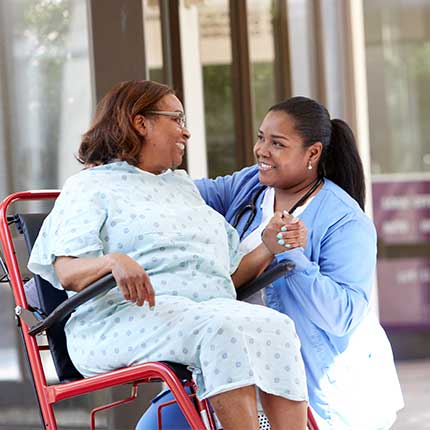Healthy Living: Pediatrics
What Parents Need to Know about Sudden Infant Death Syndrome (SIDS)
The Centers for Disease Control and Prevention says that about 3,600 babies less than one year old suddenly and unexpectedly die in the United States every year. And although death is a topic most people don’t want to talk about, we thought it’s best to educate parents about the sudden infant death syndrome (SIDS) and its causes so they would also know if there’s anything they can do to prevent these deaths from happening.
What is Sudden Infant Death Syndrome (SIDS)?
As its name suggests, SIDS is the sudden and unexpected death of a baby less than one year of age. In most cases of SIDS, the baby is believed to be healthy and normal. The deaths are associated with sleep, as they usually happen while the baby is sleeping or when the baby is in the crib. SIDS is sometimes referred to as “crib death.”
Risk Factors
SIDS is more common in male babies than in female babies. The risk for this syndrome peaks from two to four months of age, and cases are known to rise during cold weather. African American babies are two to three times more likely to experience SIDS than Caucasian babies. On the other hand, Native American infants are three times more likely to experience SIDS than Caucasians.
Aside from gender and ethnicity, some other risk factors for SIDS include:
- Drinking or drug use during pregnancy
- Infant sleeps on his/her stomach
- Family history of SIDS
- Mother is younger than age 20
- Overheating (due to blanket, clothing or room temperature)
- Poor or the absence of prenatal care
- Premature birth or low birth weight
- Smoking during pregnancy or being a second hand smoker
- Use of soft bedding and/or loose blankets and pillows
Can Parents and Caregivers Prevent SIDS?
Death is unpredictable, but the American Academy of Pediatrics (AAP) recommends creating a safe sleeping environment to help reduce the risk of SIDS. You can do this by:
- Placing the baby on his/her back to sleep (supine positioning)
- Breastfeeding
- Skin-to-skin care for newborns
- Dressing the infant for the room temperature (avoid overheating)
- Avoiding exposure to smoke, alcohol and drugs
- Avoiding bumper pads in cribs that may lead to suffocation or strangulation
- Sharing rooms with the baby without sharing beds
- Using a firm sleep surface
- Routine immunization
- Using a pacifier
Final Thoughts
As the leading cause of death in babies between one month and one year of age, it’s good to be aware of sudden infant death syndrome, its risk factors and some of the things you can do to reduce your child’s risk.
If you need to learn what types of immunizations or vaccines are best for your baby or if you want to learn more about SIDS, please don’t hesitate to schedule an appointment with one of our pediatricians.
All the best!
Sources:
American Academy of Pediatrics
Centers for Disease Control and Prevention
KidsHealth
SleepFoundation.org


